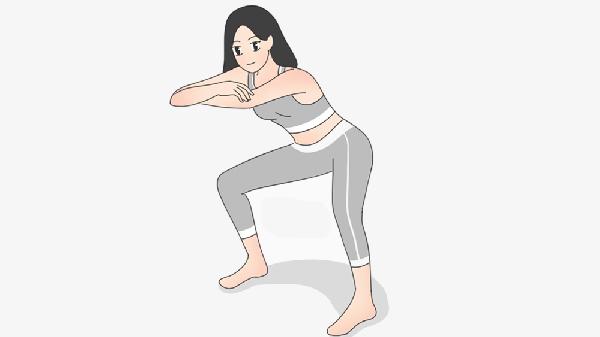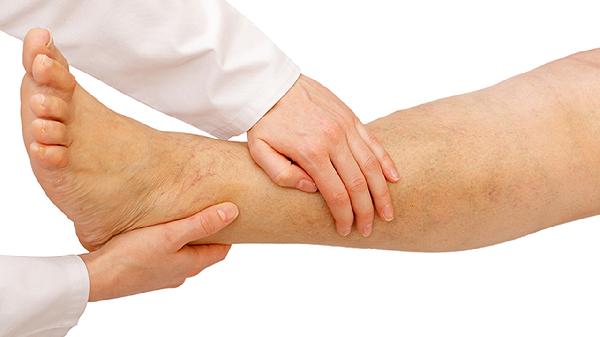If you're looking for a simple yet effective way to stretch your hips and legs, the supine stretch with a resistance band is a game-changer. This move targets the outer hip muscles, hamstrings, and even your lower back—all while keeping things low-impact and beginner-friendly. Plus, if you don’t have a resistance band lying around, no sweat—a towel, blanket, or even a robe belt can work in a pinch.
Why This Stretch Works So Well
This stretch is a sneaky-good way to loosen up tight hips, especially if you spend most of your day sitting (hello, desk warriors). The resistance band adds just enough tension to deepen the stretch without forcing your muscles into an uncomfortable position. By keeping one leg bent and the other straight, you’re also protecting your lower back while still getting a solid stretch in your outer hip (aka the IT band area). And since you’re lying down, gravity does some of the work for you, making it easier to ease into the movement without straining.
Step-by-Step Breakdown
First, lie flat on your back with both legs extended—but keep a slight bend in your right knee to avoid unnecessary pressure on your lower back. Wrap the resistance band (or your makeshift substitute) around the middle of your left foot. Slowly lift your left leg toward the ceiling, keeping it straight while holding the band with your right hand. The key here is to keep your right shoulder and elbow grounded—no cheating by lifting them! Then, guide your left leg across your body toward the right side, lowering it until you feel a stretch along the outside of your thigh. Keep your hips planted firmly on the floor and your core engaged to maintain control. Hold for 20 seconds, then switch sides.
Common Mistakes to Avoid
One of the biggest slip-ups people make with this stretch is letting their hips lift off the floor when moving their leg sideways. If your hips start to tilt, you’re losing the effectiveness of the stretch and potentially straining your lower back. Another mistake? Overstretching. You don’t need to yank your leg down as far as possible—gentle tension is enough. And if you’re using a resistance band, make sure it’s secured properly around your foot so it doesn’t slip mid-stretch (nothing kills the vibe like a rogue band snapping back).
Modifications for Different Flexibility Levels
If you’re super tight in the hips, you might not be able to lower your leg very far—and that’s totally fine. Just go as far as feels comfortable, even if it’s just a few inches. Over time, your range of motion will improve. For those who are more flexible, try pointing your toes or flexing your foot to add an extra challenge. You can also experiment with different resistance band tensions—lighter for beginners, heavier for those who want a deeper stretch. And if you’re dealing with lower back sensitivity, keep both knees bent slightly throughout the movement to reduce strain.
When to Add This Stretch to Your Routine
This stretch is perfect post-workout, especially after leg day or a long run when your hips and hamstrings are feeling stiff. But it’s also great as a standalone mobility drill—try doing it in the morning to wake up your muscles or at night to unwind after a long day. Aim for two rounds per side, holding each stretch for 20 seconds. If you’re really tight, you can even do it daily—just listen to your body and ease off if anything feels pinchy or sharp.
At the end of the day, the supine stretch with a resistance band is a simple but powerful way to keep your lower body mobile and pain-free. Whether you’re an athlete, an office worker, or just someone who wants to move better, this stretch is a no-brainer addition to your routine. So grab that band (or towel), hit the floor, and give those hips some love.
























